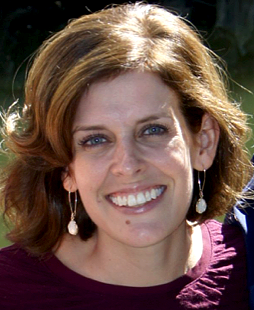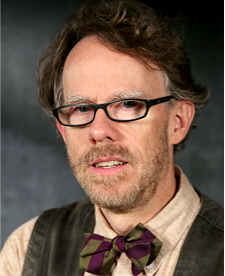

What does it mean to think geographically? How do we foster geoliteracy in classrooms? In this podcast, Edward Kinman, professor of geography at Longwood University, and Megan Webster, Social Studies Department Chair at J. J. Pearce High School in Richardson, Texas, discuss how geography helps students understand the world more fully. Specifically, they discuss the ways that geography helps students understand interconnected systems—natural, cultural, economic, technological—issues of scale, and relationships between the local and the global. They also explore how modern technologies shrink the world for students while offering new opportunities to explore the notion of “place”—how it shapes who we are, how we live, and the lenses through which we see ourselves and others.
Kinman and Webster are participants in a new educational initiative from the National Humanities Center, Humanities in Class: A Guide to Thinking and Learning in the Humanities, which seeks to highlight the processes of discovery, analysis, and teaching specific to different humanities disciplines.